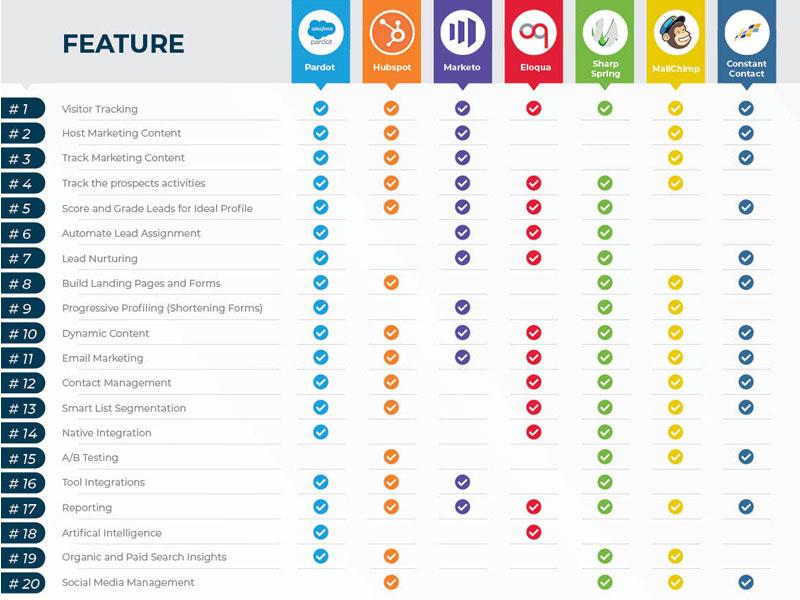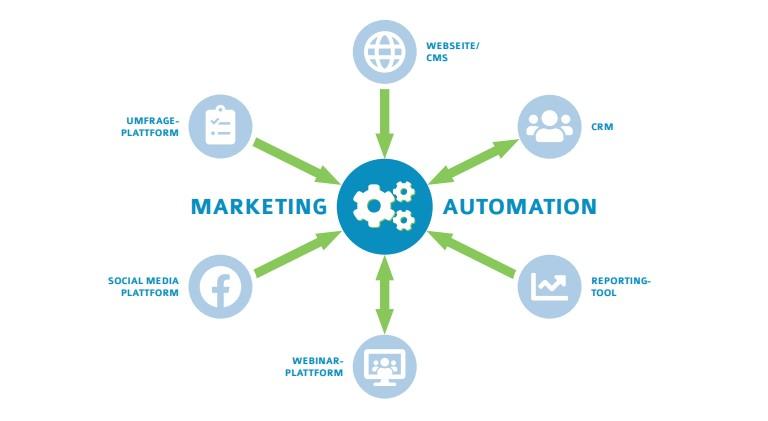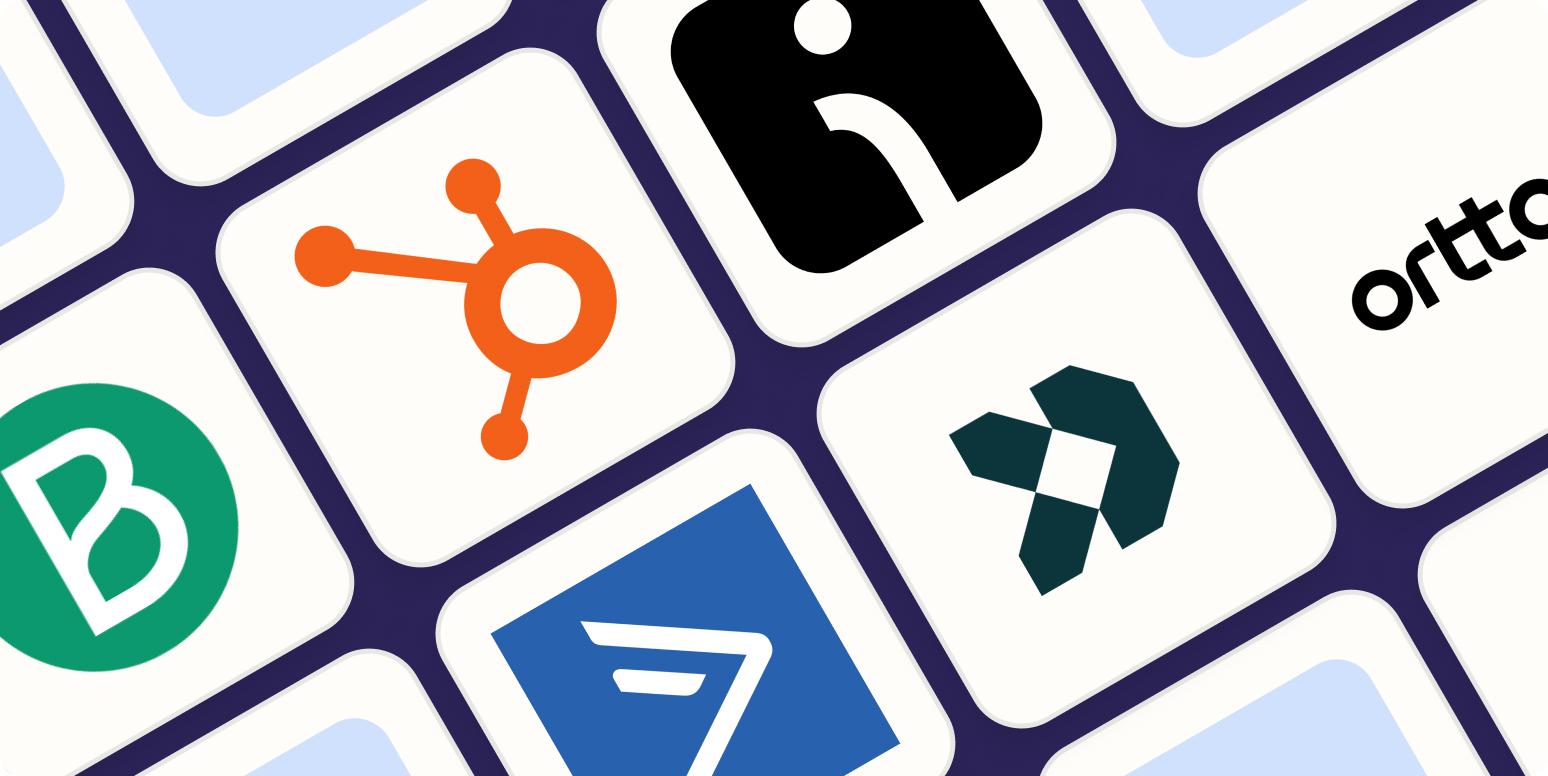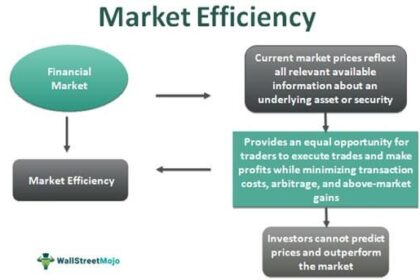In an age where time is money and consumer attention is fleeting, the quest for efficiency in marketing has never been more critical. Enter marketing automation tools—sophisticated yet user-friendly solutions that promise to simplify the marketing landscape and unleash the full potential of businesses, big and small. These digital allies allow brands to streamline their processes, personalize their outreach, and analyze performance with unprecedented precision. As technology continues to reshape our interactions, understanding the nuances of these tools becomes essential for any marketer looking to stay ahead in a competitive environment. Join us as we explore the world of marketing automation tools, unveiling their features, benefits, and the transformative impact they can have on your marketing strategy.
Table of Contents
- Exploring the Core Features of Effective Marketing Automation Tools
- Unveiling the Benefits: How Automation Streamlines Your Marketing Efforts
- Choosing the Right Tool: Key Considerations for Your Business Needs
- Maximizing ROI: Strategies for Successful Implementation and Utilization
- To Conclude

Exploring the Core Features of Effective Marketing Automation Tools
Effective marketing automation tools empower businesses to streamline their processes and enhance customer engagement. One of the most significant features includes customer segmentation, allowing marketers to categorize their audience based on behavior, demographics, or purchasing history. This targeted approach enables personalized messaging, helping increase open and engagement rates significantly. Additionally, the integration of multichannel campaigns ensures that brands can communicate seamlessly across email, social media, and SMS, creating a cohesive customer experience. Robust analytics capabilities further enhance these tools, providing insights into campaign performance and consumer behavior that inform future strategies.
Another core feature is the lead nurturing functionality, which automates the journey of prospects from initial contact to conversion. By deploying drip campaigns, businesses can consistently engage prospects with relevant content tailored to their interests and stage in the buying cycle. Moreover, the use of A/B testing within these tools allows marketers to refine their messaging and design by comparing different versions of content to determine which resonates best with their audience. Below is a table showcasing key features of effective marketing automation tools:
| Feature | Description |
|---|---|
| Customer Segmentation | Divide audience based on specific characteristics for personalized marketing. |
| Multichannel Campaigns | Engage customers through various platforms simultaneously. |
| Lead Nurturing | Automate follow-ups to nurture prospects into customers. |
| A/B Testing | Evaluate different content versions to optimize marketing strategies. |

Unveiling the Benefits: How Automation Streamlines Your Marketing Efforts
Automation in marketing revolutionizes how businesses engage with their audience by significantly reducing manual work and enhancing efficiency. With automated tools, marketers can focus on strategy rather than repetitive tasks, thus increasing productivity. Key advantages include:
- Time-Saving: Automation handles routine tasks such as scheduling social media posts and sending email campaigns, freeing up time for creative endeavors.
- Consistency: Automated systems ensure that messaging is uniform across all channels, reinforcing brand identity.
- Targeted Engagement: Use data-driven insights to tailor marketing messages to specific audience segments, improving engagement rates.
Moreover, automation provides valuable analytics that help assess the effectiveness of marketing strategies in real-time. This data-driven approach allows businesses to pivot their tactics when necessary, maximizing ROI. Here’s a simple comparison of features offered by popular automation tools:
| Tool | Key Features | Ideal For |
|---|---|---|
| HubSpot | Email marketing, CRM integration, analytics | Small to medium-sized businesses |
| Mailchimp | Email campaigns, audience segmentation, A/B testing | E-commerce businesses |
| Hootsuite | Social media scheduling, performance tracking, customer engagement | Social media managers |

Choosing the Right Tool: Key Considerations for Your Business Needs
When it comes to selecting a marketing automation tool, several critical factors can influence your decision. First and foremost, understanding your specific business needs is essential. Identify the primary objectives that you aim to achieve, whether it’s lead generation, customer engagement, or streamlining existing processes. An effective tool should offer features tailored to these objectives, allowing for smooth implementation and integration into your current marketing strategy. Additionally, consider the scalability of the platform. Your business may grow or shift, and it’s vital to choose a tool that can adapt to these changes without disrupting your operations.
Another important aspect to consider is user-friendliness. A tool that boasts a myriad of advanced features may not be beneficial if your team finds it difficult to navigate. Look for platforms that provide robust customer support and educational resources, ensuring that your team can maximize its functionalities. Moreover, evaluate the cost-effectiveness of potential tools. Budget constraints are real, and investing in a tool that delivers a strong ROI is crucial. Here’s a simple comparison of key features that different tools might offer:
| Feature | Tool A | Tool B | Tool C |
|---|---|---|---|
| Email Marketing | Yes | No | Yes |
| CRM Integration | Advanced | Basic | None |
| Analytics & Reporting | Comprehensive | Limited | Moderate |
| Price Range | $$$ | $$ | $$$$ |

Maximizing ROI: Strategies for Successful Implementation and Utilization
To ensure that your marketing automation tools yield the highest return on investment, it’s essential to implement strategies that enhance their effectiveness. Start by clearly defining your goals and aligning them with your business objectives. This enables you to identify the right features to utilize, ensuring that your resources are focused where they can deliver the most impact. Consider the following strategies:
- Segment your audience for tailored communications.
- Automate repetitive tasks to save time and reduce errors.
- Leverage data analytics to track performance and adjust campaigns accordingly.
- Integrate with existing systems for seamless workflow and data sharing.
Moreover, investing in ongoing training for your team can significantly enhance your automation toolbox’s effectiveness. Proper training ensures that all members understand how to harness the full potential of the tools at their disposal. This investment can translate to improved campaign execution and better customer engagement. To illustrate the potential impact of effective implementation, refer to the table below:
| Implementation Strategy | Expected Impact |
|---|---|
| Audience Segmentation | +30% engagement rates |
| Automating Workflows | +25% efficiency |
| Data-Driven Decision Making | +40% campaign success |
To Conclude
As we draw the curtain on our exploration of marketing automation tools, it’s clear that the future of marketing lies in the seamless integration of technology and strategy. These innovative solutions empower businesses to enhance efficiency, personalize customer interactions, and measure success with unprecedented clarity. Whether you’re a small startup looking to scale or a seasoned enterprise seeking optimization, the right automation tools can transform your workflows and elevate your marketing efforts to new heights.
As you embark on your journey to invest in automation, remember: the tools themselves are only as powerful as the strategies behind them. Embrace the possibilities, keep innovating, and harness the full potential of marketing automation to not only meet your goals but also exceed them. The digital landscape may be ever-evolving, but with the right arsenal at your disposal, you’ll be well-equipped to navigate the changing tides of consumer engagement. Here’s to streamlined processes and successful campaigns on the horizon!



